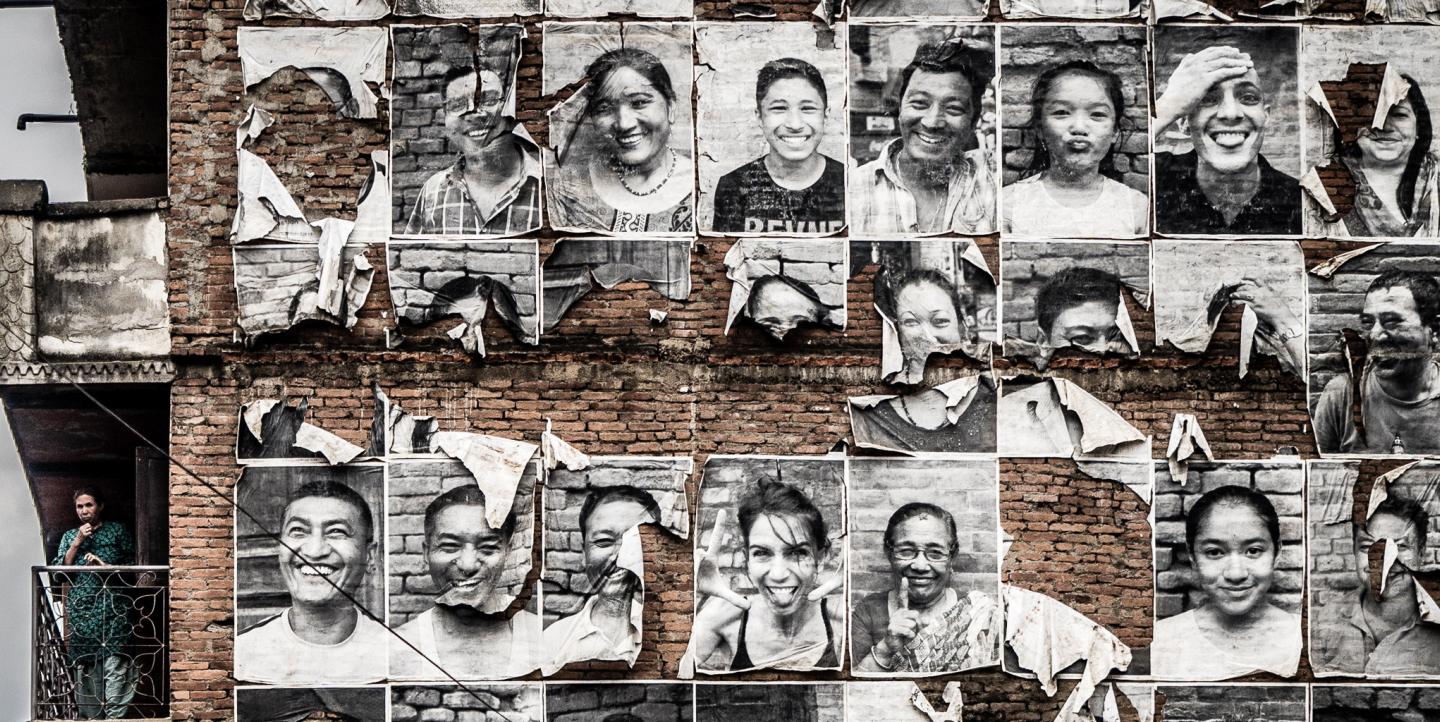Seven journalists from seven different news outlets collaborated on a project to show that thousands of residents whose houses were destroyed in the April 2015 earthquake have not received promised grants to rebuild. The project, called “After the Quake: Waiting for Relief,” was published on the Center for Investigative Reporting, Nepal website, as well as in the reporters' own media outlets.
Collectively, stories showed that the Nepal government has so far spent only 3 percent of more than US$900 million promised to residents to rebuild. Stories showed that international NGOs have only so far built a small fraction, 900, of a promised 22,000 houses; other NGOs abandoned projects midstream. Disorganized and fractionalized government reconstruction processes led to the omission of thousands from relief rolls.
As data chief, I was able to obtain more than 6,000 pages of grant documents. Sorting and analyzing them revealed the uneven process that distributed grants to some residents, but left thousands waiting.
Lessons learned:
1. Personal connections are needed to get full data sets, even when online government portals post open information. For instance, extracting the online data from the National Reconstruction Authority was easy, but for granular detail in each of the 14 earthquake-hit districts, I needed personal sources to obtain information from the District Development Committees.
2. Not all stories need big number data. Some journalists in the group wrote stories based on subsets of data, some of which could be plotted with paper and pen.
3. Not everyone on the team needs to be a data wizard. Some of the reporters were very experienced in big data use, others not so much. But those reporters excelled in up-close, in-the-field reports, which were equally important.
4. Interactive maps engage readers, giving access to detailed grant information for each village, in each of the 14 districts. Thousands of online visitors accessed those maps alone, according to our analytics.
5. The stories need more than just data. Humanizing the statistics with stories of quake victims in the field, fact-checking to ensure accuracy and making comparisons are essential. For instance, Rudra Pangeni analyzed data to show shortages in manpower needed to rebuild – but it was his trip to the Sindhuli district to talk with bricklayers that led him to predict that with available manpower, they would need 130 years to rebuild. Similarly, Shreejana Shrestha published an interactive map that showed an increased number of complaints and grievances against Village Development Committees where the most victims were omitted from grant recipient lists.
6. Up-close narratives of victims make the stories compelling. For instance, a story by Rajneesh Bhandari begins: “It’s midnight. The rain pouring on the tin roofs makes a loud noise. Kanchaman Dong tried to ignore the rain and cold in the makeshift shelter that has been his home for two years.”
7. We got help. The expert software designers at Open Nepal helped download and sort the big data sets – a big plus not only for their skill, but also for their powerful computers.
8. We had mentors. Fulbright Specialist (and frequent ICFJ trainer) Lucinda Fleeson coordinated the project, joining forces with the editors at the Center for Investigative Reporting, Nepal.
9. We received grants. Lucinda won a grant from the Fund for Investigative Journalism in Washington, D.C., which provided funds for each of the reporters to take extra time and use for field trips.
Main image CC-licensed by Flickr via David Denicolò.

